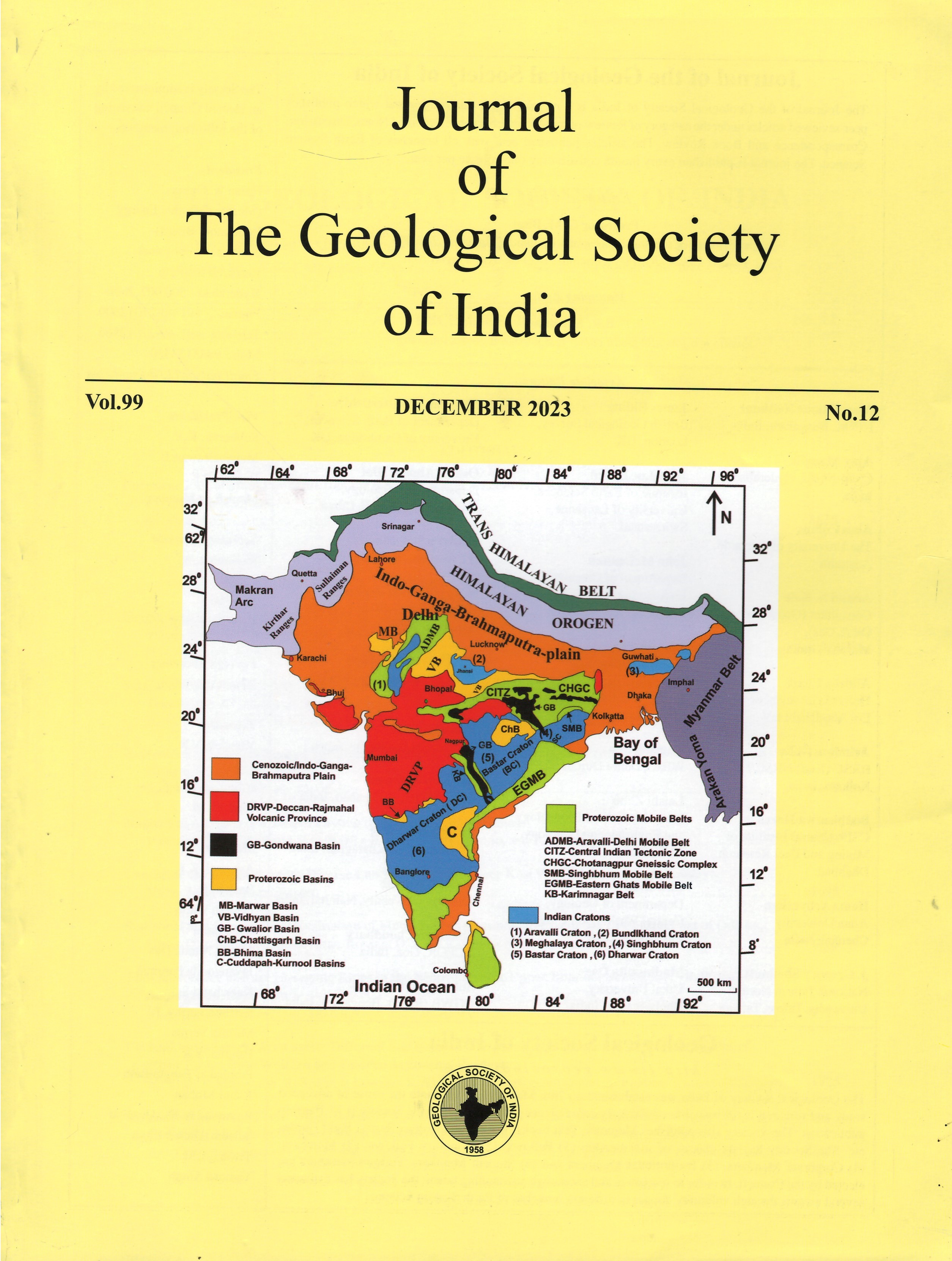Nature of the Two Episodes of Paleoproterozoic Magmatism (2495 Ma and 2190 Ma) in the Trans-North China Orogen, North China, with Implications for the Tectonic Evolution
DOI:
https://doi.org/10.1007/s12594-023-2530-7Keywords:
No KeywordsAbstract
Understanding the temporal and spatial evolution of the North China Craton (NCC) basement, formed by amalgamation, is a crucial issue in global geosciences. The Huozhou complex is situated at the core of the Trans-North China Orogen (TNCO) in the NCC and comprises a considerable number of Palaeoproterozoic granitic gneisses, providing valuable insights into the tectonic evolution of the TNCO. In this study, comprehensive field geological surveys, petrology, chronology, geochemistry, and Hf isotope analysis were conducted to investigate the genesis and tectonic context of the Xingtangsi and Zhengnangou granitic gneisses and elucidate the TNCO’s tectonic evolution. The Xingtangsi granite gneiss yielded a magmatic zircon age of 2495±34 Ma, implying its Palaeoproterozoic or Archean origin, as previously suggested. Its protolith was I-type peraluminous granite, primarily generated through the partial melting of pre-existing continental crust materials with a small quantity of mantle-derived magma. The Zhengnangou granitic gneiss’s protolith was A-type granite, and its magmatic zircon age was 2,190 ±11 Ma, indicating its Palaeoproterozoic origin rather than Archean. TDM1(Ma) for the Zhengnangou granitic gneiss ranged from 2,424 to 2,498 Ma, TDM2(Ma) varied from 2563 to 2684 Ma, and the εHf(t) value ranged from 1.3 to 3.3. These results suggest that it was primarily derived from newly formed crustal materials without any mantle-derived addition. Integrating our data with the literature, the∼2.5 Ga magmatic activity in the Huozhou area may have formed in the tectonic setting of the continental arc, and ∼2.2 Ga A-type granite may have formed in a post-collisional extensional environment.

 Haiyan Liu
Haiyan Liu






